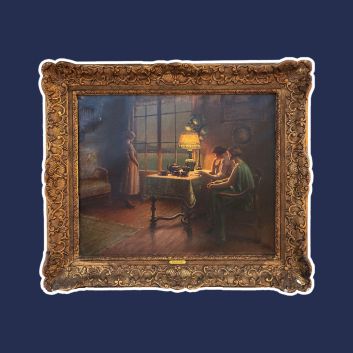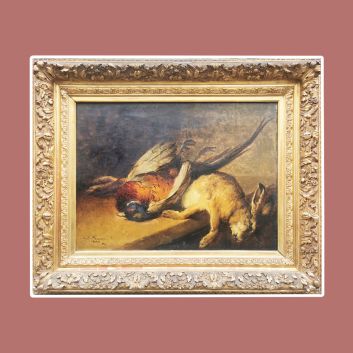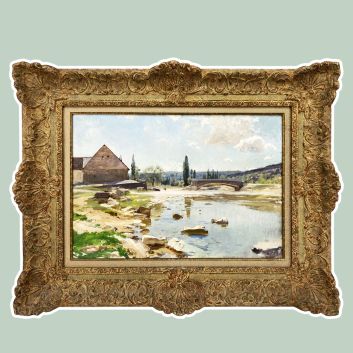The value of Benedict Masson's paintings and drawings
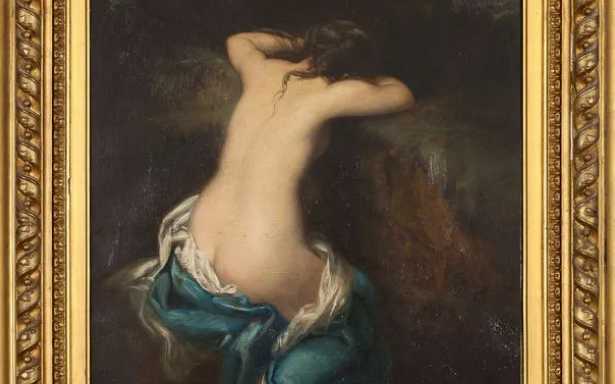
If you are in possession of a work by or based on the work of artist Bénédict Masson and would like to know its value, our state-approved experts can offer you their appraisal services. Our specialists will carry out a free appraisal of your work, and provide you with a precise estimate of its current market value. Then, if you wish to sell your work, we'll guide you towards the best means of obtaining the optimum price.
Rating and artist's value Bénédict Masson
Bénédict Masson belonged to the French school of the 19th century, and remained a painter of history, allegorical and mythological compositions, still lifes (in this case flowers), portraits, landscapes and murals. He mainly painted, although a few watercolor drawings are attributed to him.
The prices at which his works sell range from €120 for a still life of flowers to €10,452 in 1999 for a work with a mythological subject. In 2019, for example, a painting of an Oriental woman adorned with a jewel sold for €3,200, whereas its estimate was between €500 and €800.
Type of work | Price range |
|---|---|
Paint | 100€ - 10 452€ |
Drawing-Watercolor | 50€ - 690€ |
Bénédict Masson's style and technique
Bénédict Masson frequently uses the chiaroscuro technique, as he makes a point of offering his viewers spectacular luminosity with a taste for perfect contour and a sharp brush. He creates oil paintings on canvas, a few watercolor drawings and murals.
Who is Bénédict Masson?
Bénédict Masson, an eminent artist born in Dijon in 1819, followed a singular path that led him to leave his native Burgundy, a region steeped in memories of a lonely childhood, to make his mark on the Parisian art scene. It was at the famous studio of Paul Delaroche, paragon of history painting, that Masson acquired his excellent training. It was there that he acquired the skills he needed to devote himself to depicting key historical moments. But Masson was not content with this initial training. He then knocked on the door of master artist Paul Chenavard's studio, where he immersed himself in the resolutely fascinating world of mural painting. It was at this point that Masson theorized the idea of monumental art as the ferment of human history, giving it a memorable, virtuous and unforgettable position in the art world.
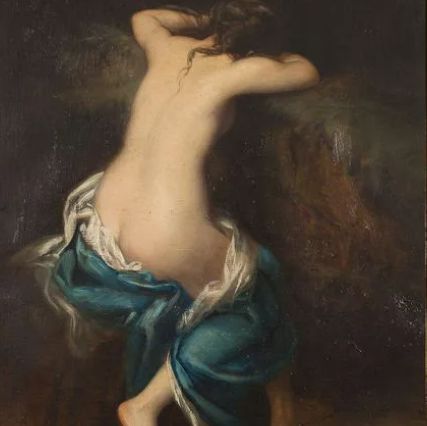
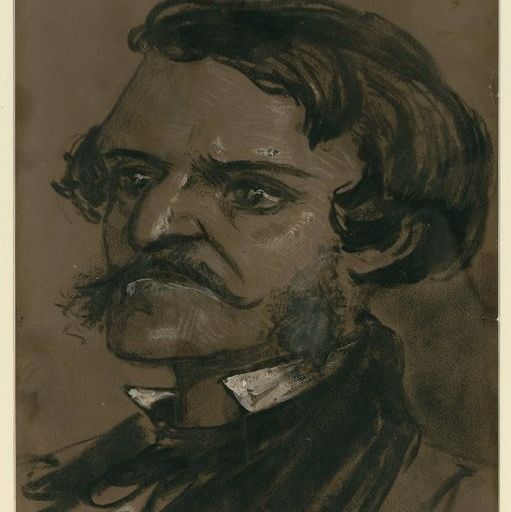
Response in less than 24h
Bénédict Masson's style and technique
Bénédict Masson frequently uses the chiaroscuro technique, as he makes a point of offering his viewers spectacular luminosity with a taste for perfect contour and a sharp brush. He creates oil paintings on canvas, a few watercolor drawings and murals.
How did he mark his period?
Bénédict Masson, an artist known for his deep admiration for a number of artistic fields, extracts substance from the bewitching realms of mythology, ancient history and literary works to make it his own, as he demonstrates in Persée et Andromède (1840).
Religious motifs and sacred themes also remained part of Masson's repertoire. In masterpieces such as La Vierge et l'Enfant Jésus in 1861 and Le dernier soupir du Christ, he established himself as a spiritual painter, offering us a window onto the divine. The artist's versatility can be seen in his depictions of genre scenes, such as The Washerwomen and Family Reunion in Naples. Inspired by the beauty of nature, Masson deftly captures the end of a life cycle in the dead tree. He also vigorously embraces floral compositions and still lifes, as in his work Les fleurs, and captures the essence of his models through portraiture.
Masson's work was not confined to canvas, as he seamlessly entered the world of the decorative arts. He produced numerous architectural works for civil and religious buildings. Unfortunately, many of his admirable works were lost during the Commune.
During the Second Empire, Masson was given the honorable task of painting a mural for the Cour d'Honneur gallery at the Hôtel des Invalides. This masterpiece, highlighting the era of Charlemagne, captured the public's attention for its size and historical significance. Around this magnificent courtyard, the artist devoted himself to depicting tapestry scenes from the history of France.
Recognizing Bénédict Masson's signature
Bénédict Masson's signature appears at the bottom of his paintings, reduced simply to the initial of his first name followed by his surname, with the final "N" extended by a backward comma.
Response in less than 24h
Related topics
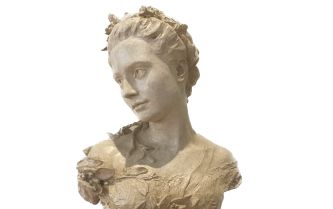
Rating and value of sculptures, paintings and drawings by Jean-Ba...
Jean-Baptiste Carpeaux is a 19th-century painter and sculptor who produced many works that are highly valued at auction.
Read more >
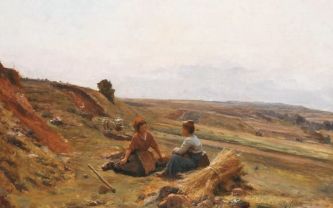
Rating and value 2024 of paintings by César Pattein
César Pattein was a realist painter of the 19th century, whose paintings are highly valued at auction.
Read more >
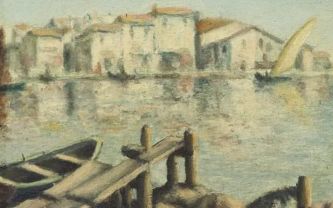
Rating and value of paintings, watercolors and drawings by Henri...
Henri Zuber is a French watercolorist and landscape painter who has produced works that are highly valued at auction.
Read more >
Secure site, anonymity preserved
State-approved auctioneer and expert
Free, certified estimates
